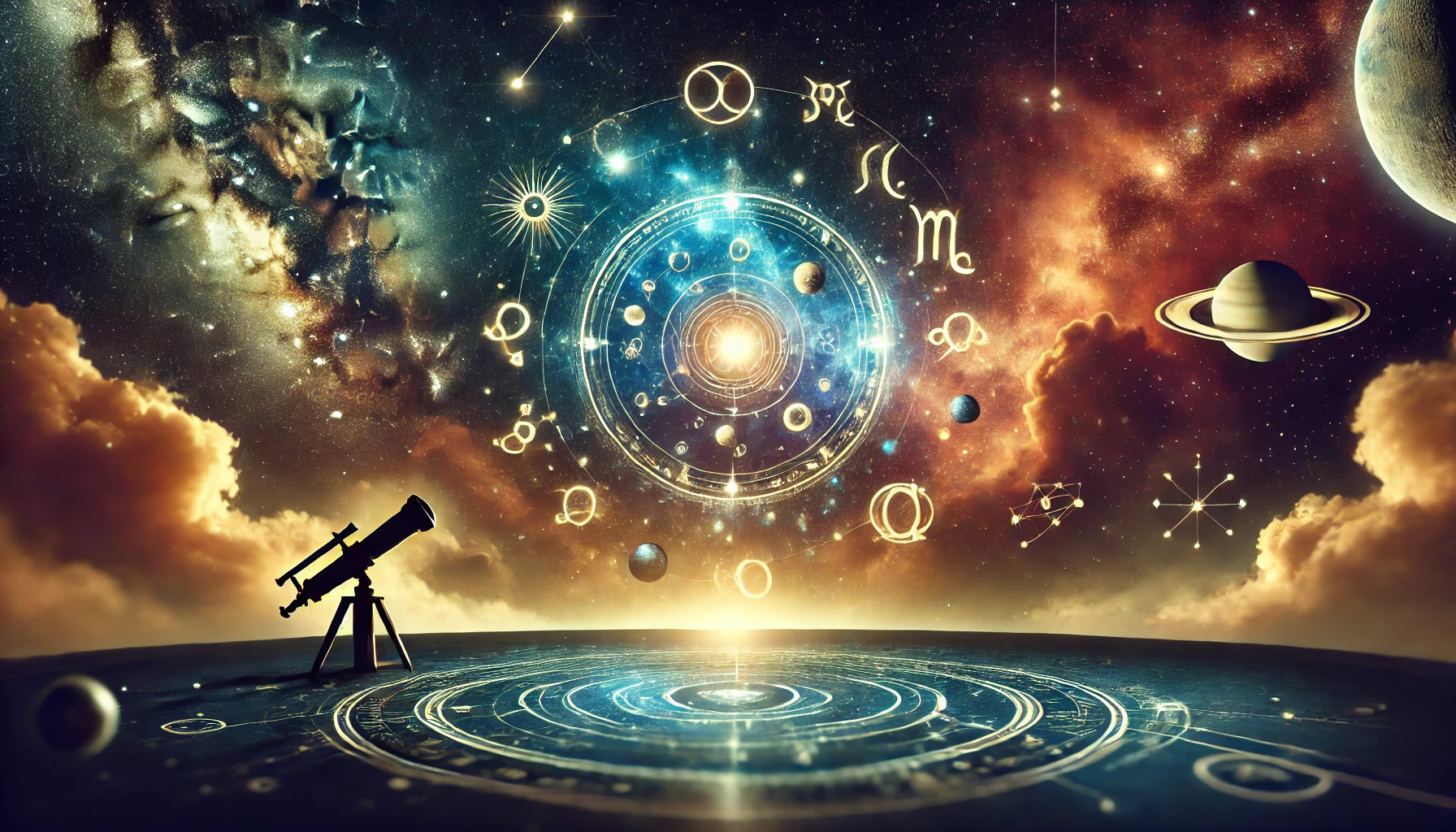Astronomical symbols have been used for centuries to represent celestial bodies, constellations, and phenomena in a simple, recognizable way. These symbols allow astronomers, astrologers, and historians to communicate complex information quickly. Each symbol carries historical significance, often rooted in mythology, religion, and early scientific understanding.
Celestial Body Symbols
Many of the symbols representing planets and other celestial bodies originate from ancient times, reflecting their associated deities and characteristics. These symbols are still widely used in modern astronomy and astrology.
- ☉ Sun – A circle with a dot in the center, representing the source of light and energy.
- ☽ Moon – A crescent, symbolizing phases and cycles.
- ☿ Mercury – A combination of a circle, cross, and horns, linked to communication and intellect.
- ♀ Venus – A circle with a cross below, associated with beauty and harmony.
- ♂ Mars – A circle with an arrow pointing outward, representing strength and action.
- ♃ Jupiter – A stylized number four, connected to expansion and wisdom.
- ♄ Saturn – A sickle or scythe, signifying time and discipline.
- ♅ Uranus – A unique design incorporating a circle, cross, and arrow, indicating change and innovation.
- ♆ Neptune – A trident, reflecting the ocean and spirituality.
- ♇ Pluto – A monogram of “P” and “L,” referencing the discoverer Percival Lowell and transformation.
Zodiac Signs and Their Representations
The twelve zodiac symbols are linked to constellations and used extensively in astrology. Each symbol conveys traits and influences attributed to its sign.
- ♈ Aries – A stylized ram’s horns, representing energy and determination.
- ♉ Taurus – A bull’s head with horns, associated with stability and endurance.
- ♊ Gemini – Two lines or pillars, symbolizing duality and communication.
- ♋ Cancer – A sideways “69,” representing a crab’s claws and emotional depth.
- ♌ Leo – A curled lion’s mane, reflecting strength and leadership.
- ♍ Virgo – A stylized maiden, connected to purity and analysis.
- ♎ Libra – A set of scales, symbolizing balance and justice.
- ♏ Scorpio – A scorpion’s tail, linked to intensity and transformation.
- ♐ Sagittarius – An arrow, indicating movement and adventure.
- ♑ Capricorn – A sea goat, blending ambition and perseverance.
- ♒ Aquarius – Two wavy lines, representing water and wisdom.
- ♓ Pisces – Two fish swimming in opposite directions, signifying intuition and dreams.
Symbols for Astronomical Objects and Concepts
Beyond planets and zodiac signs, other symbols depict key elements in astronomy, making charts and maps easier to interpret.
- ★ Star – Often a simple five-pointed shape, used in various scientific notations.
- ☄ Comet – A star with a tail, illustrating movement and celestial events.
- ☌ Conjunction – Two connected circles, showing planetary alignment.
- ♁ Earth – A cross inside a circle, representing the globe and its four cardinal directions.
- ⚳ Ceres – A sickle, denoting the first discovered asteroid and dwarf planet.
- ♇ Pluto (alternate) – A small planetary icon with a double-stemmed cross.
- ♆ Neptune (alternate) – A trident without a circle.
Historical Influence on Astronomical Symbols
Many symbols trace their origins to ancient civilizations. The Greeks and Romans linked planets to their gods, influencing iconography. Medieval alchemists adopted planetary symbols for metals, reinforcing their visual representation. By the Renaissance, these symbols were standard in celestial maps and manuscripts, streamlining astronomical communication.
Modern Use in Science and Education
Despite advances in digital technology, astronomical symbols remain relevant in scientific publications, telescope interfaces, and celestial navigation. They are a bridge between historical astronomy and contemporary research.
For those interested in learning through creativity, printable coloring pages featuring planetary symbols, zodiac signs, and telescope diagrams can make an engaging educational tool.
Conclusion
Symbols simplify the vastness of the universe into recognizable forms. Whether in ancient manuscripts or modern star charts, they continue to serve as a universal language in astronomy. Understanding their meanings provides insight into both celestial mechanics and the historical evolution of human knowledge about the cosmos.
